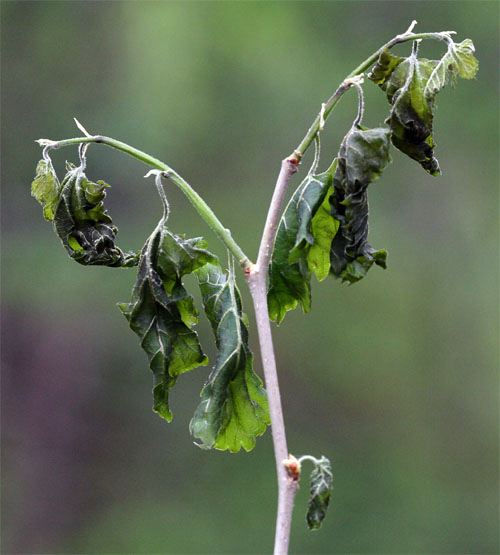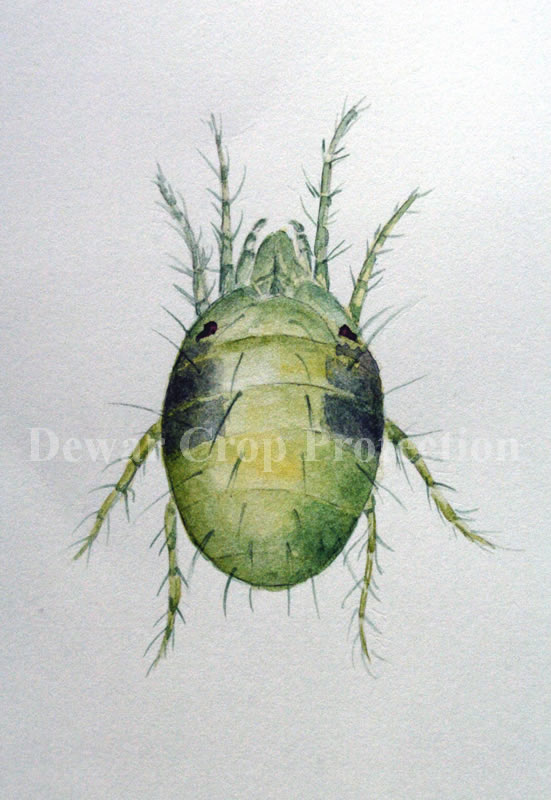 Mites affecting African violets can be separated into 3 classes based on the damage they bring. Those classes are chewing mite, sucking mites and nuisance mites.
Mites affecting African violets can be separated into 3 classes based on the damage they bring. Those classes are chewing mite, sucking mites and nuisance mites.Damage caused by chewing mites commonly takes place quickly and is discernible straightaway. Those mites need to be wiped out as quickly as they're discovered. Signs of chewing mites include:
1. Drooping of plant (stem or crown damages)
2. Broke up leaves or flower buds
3. Hollows in branches or flower petals
4. Stained locations on the surface f branches or flower petals.
Sucking mites stick in the mouthparts onto plant tissue and absorb out the succuses. A few put in harmful chemical compounds into the plant and a few are able of transferring particular plant diseases. The signs of sucking mites frequently go unobserved for a time period. It permits the mites to become somewhat established and improve in quantities, leading in substantial plant damage. The signs of sucking mites are:
1. Drooped visual aspect
2. Invasion of honeydew
3. Curled or stunted leaves
4. Discolored leaves
5. Necrotic (defunct tissue) places in leaves.
Nuisance mites bring no damage. They're believed mites just because their invasion isn't wanted. These insects fast-flying or hop-skipping about detract from a attractive centrepiece or a specimen flower in exposition. A few nuisance mites reproduce quickly and frequently are discovered in significant quantities. These plagues are quickly wiped out with cautious handling and correctly chosen insecticides.


 African Violets leaf is becoming yellowish.
African Violets leaf is becoming yellowish. Signs by this mite is like the Spider mites
Signs by this mite is like the Spider mites Nearly all broad mite that invaded African Violet plants had a unusual yellowish
Nearly all broad mite that invaded African Violet plants had a unusual yellowish Everybody will assure you that you may not observe a Cyclamen mite just with your unaided eye But it is simply incorrect, if you get 20/20 vision (even so they're nearly unseeable) (The debate persists in on if you are able to observe mites or not, some university web sites Says that you are able to observe them, and yet a few state you can not observe them) Though a 20x or a 30x magnification lens will make it much less demanding It's true, they're really tiny, just about 1/100th inch in length, with great eyes you are able to observe them traveling.
Everybody will assure you that you may not observe a Cyclamen mite just with your unaided eye But it is simply incorrect, if you get 20/20 vision (even so they're nearly unseeable) (The debate persists in on if you are able to observe mites or not, some university web sites Says that you are able to observe them, and yet a few state you can not observe them) Though a 20x or a 30x magnification lens will make it much less demanding It's true, they're really tiny, just about 1/100th inch in length, with great eyes you are able to observe them traveling.